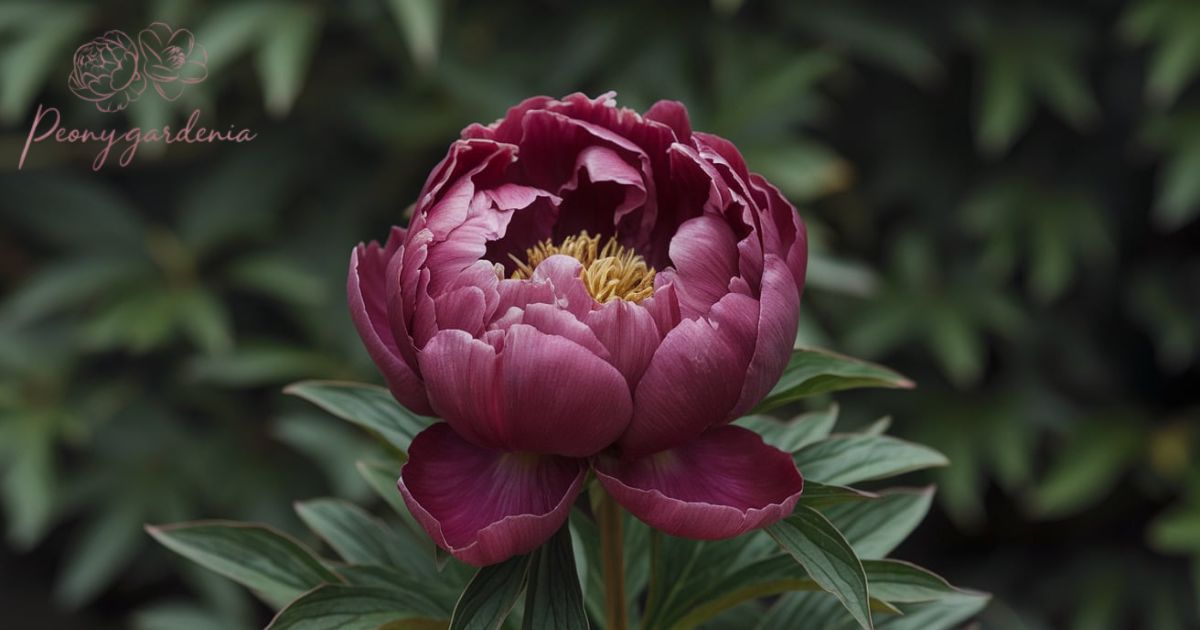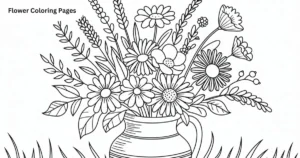Peonies are beloved for their stunning, fragrant blooms, which make them a highlight in gardens around the world. These perennial flowers are often a symbol of beauty, romance, and prosperity, with their large, vibrant petals captivating anyone who sees them. However, as with all flowers, peonies have a finite blooming period, and understanding how long they last can help gardeners make the most of their time in full bloom.
The blooming time of peonies varies depending on factors such as the variety, growing conditions, and climate. In general, peonies bloom for about 7 to 10 days at their peak, typically in late spring to early summer. However, with the right conditions and plant care, gardeners can extend the bloom period and enjoy the flowers for a longer time.
Factors That Influence Peony Blooming Time
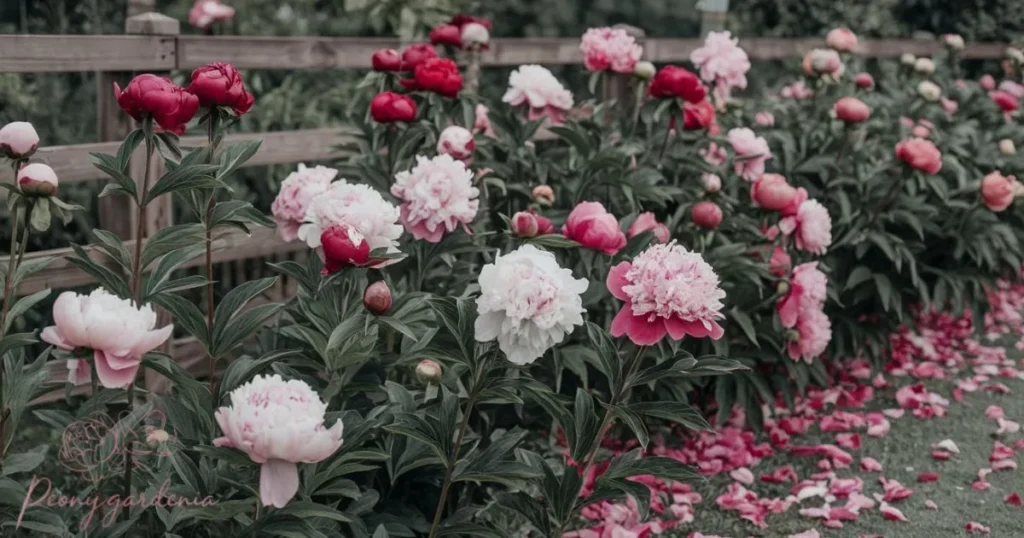
The blooming time of peonies is influenced by several key factors, including temperature, sunlight, soil quality, and variety. Peonies require a period of cold dormancy in winter to trigger blooming, so regions with cold winters and cool springs are ideal.
The amount of sunlight the plant receives also affects its blooming, with full sun promoting healthier blooms. Additionally, well-drained, fertile soil rich in organic matter supports strong growth and longer-lasting flowers. Peony variety also plays a role, as some types bloom earlier or later in the season. Weather conditions, such as unseasonably warm temperatures, can shorten their bloom period.
Read More: Peony in Winter
Peony Varieties and Their Blooming Time
Peonies come in several varieties, each with distinct blooming times. Herbaceous peonies are the most common and bloom from late spring to early summer, typically around May to June. Tree peonies, which bloom earlier, typically flower in mid-spring, adding a splash of color to gardens before their herbaceous counterparts.
Intersectional peonies, a hybrid of herbaceous and tree peonies, offer an extended blooming season, often flowering from late spring into early summer. Within each variety, specific cultivars bloom at different times, with early bloomers like ‘Early Scout’ appearing first, and late bloomers such as ‘Shirley Temple’ continuing into mid-summer.
Informative Table:
| Peony Type | Bloom Time | Factors Affecting Bloom Duration | Tips for Extending Bloom |
| Herbaceous Peonies | Late spring to early summer (May to June) | Climate, temperature, and variety | Proper watering, full sun exposure, and pruning |
| Tree Peonies | Mid-spring | Climate, variety, and soil quality | Regular deadheading and well-draining soil |
| Intersectional Peonies | Late spring to early summer (May to June) | Variety, weather, and care | Consistent moisture and protection from heat |
| Climate Impact | Varies based on location | Warmer climates shorten bloom time, cooler climates extend it | Select appropriate varieties and ensure proper care |
Peony Maintenance for Extended Blooming Time
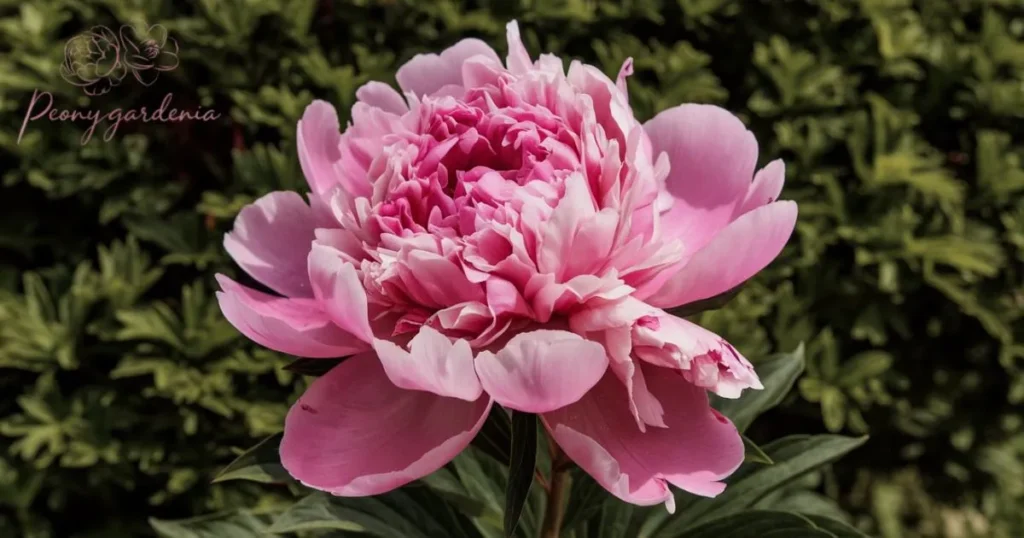
To extend the blooming time of peonies, proper maintenance is key. Regular watering, especially during dry spells, helps keep the plant hydrated, but it’s crucial to avoid overwatering as peonies prefer well-drained soil. Deadheading spent blooms promptly encourages the plant to focus on healthy foliage and bud development for the next season.
Pruning peonies after they finish blooming can also help promote stronger growth and better blooms in future years. Additionally, applying mulch around the base of the plant helps retain moisture, regulate soil temperature, and prevent weeds, ensuring the plant stays healthy and supports extended blooming.
Environmental Conditions for Longer Peony Blooms
Peonies thrive in cooler climates with cold winters and moderate springs, which provide the necessary chilling period for the plants to set buds. For longer blooms, peonies prefer well-draining, fertile soil that is rich in organic matter and slightly acidic to neutral in pH.
While they can tolerate a range of temperatures, extreme heat can shorten the bloom period, causing flowers to wilt quickly. In warmer climates, gardeners can extend bloom time by planting peonies in partially shaded areas, ensuring consistent watering, and using mulch to retain moisture and keep the soil temperature stable.
Common Peony Problems That Affect Bloom Duration
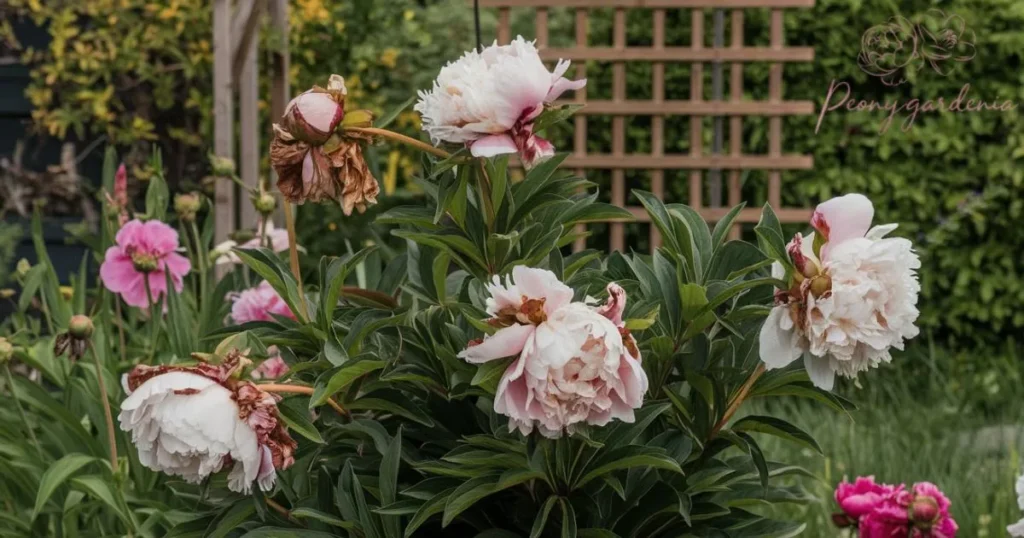
Peonies are generally hardy plants, but they can face several problems that impact their bloom duration. Poor soil drainage is one common issue that leads to waterlogged roots, hindering the plant’s ability to thrive and produce long-lasting flowers.
Pests like ants, though not directly harmful, often indicate the presence of aphids, which can damage buds and shorten bloom time. Fungal diseases such as powdery mildew and botrytis blight can cause early wilting and premature blooming. To ensure peonies bloom for their full potential, it’s important to monitor these issues and take steps to manage pests, diseases, and soil health effectively.
Peonies in Different Climates: Bloom Variations
Peonies bloom differently depending on the climate in which they are grown. In colder regions with defined seasons, such as northern climates, peonies tend to bloom for a longer period due to the cool spring temperatures, which help preserve the flowers.
In contrast, in warmer climates, particularly those with hot summers, peonies may bloom for a shorter time as the heat accelerates their flowering process and causes the blooms to wilt quickly. Gardeners in warmer areas can extend bloom time by providing shade during the hottest parts of the day and ensuring consistent watering to protect the flowers from heat stress.
The Beauty of Peonies Beyond Their Bloom Time
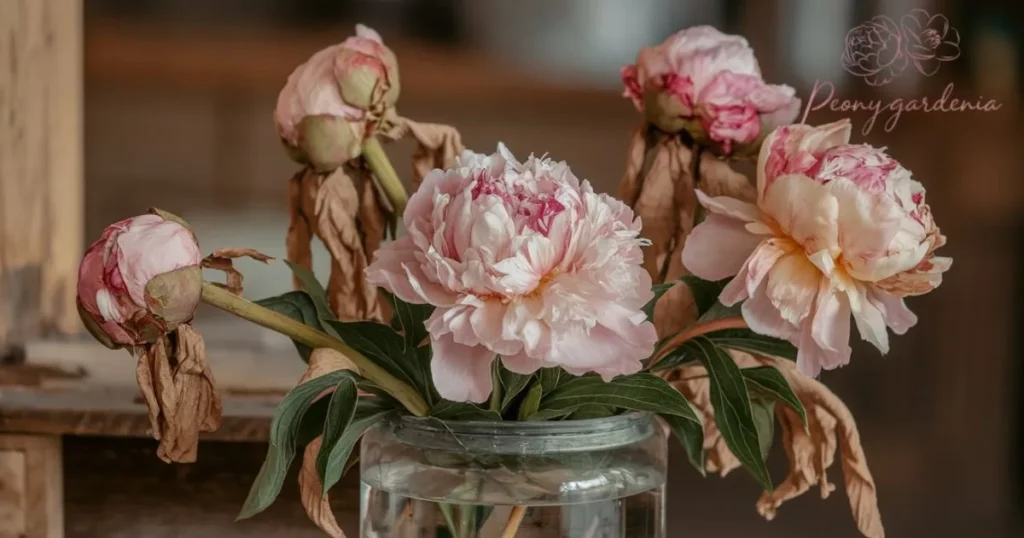
The beauty of peonies extends far beyond their brief bloom time. Even after their vibrant flowers fade, the plant’s lush, dark green foliage remains a striking feature in the garden. The large, glossy leaves provide texture and contrast, complementing other plants and creating a rich visual appeal throughout the growing season.
Peonies also offer lasting beauty when used as cut flowers. Their elegant blooms, once cut, can last for several days in vases, bringing color and fragrance indoors. This enduring charm makes peonies a treasured addition to both gardens and home décor, offering beauty well after the blooms have passed.
Conclusion
In conclusion, while peonies have a relatively short bloom period, typically lasting 7 to 10 days, their vibrant flowers make a lasting impact on any garden. The length of their bloom time can vary depending on factors like variety, climate, and care.
By selecting different peony types and providing optimal growing conditions, gardeners can extend the enjoyment of these beautiful blooms. Whether grown in gardens or used as cut flowers, peonies bloom continue to bring beauty and fragrance, making them a beloved addition to any landscape. Their fleeting bloom is a reminder of the delicate, transient beauty of nature.
FAQs
How long do peonies typically bloom?
Peonies usually bloom for about 7 to 10 days at their peak.
Do all peonies bloom for the same length of time?
No, different varieties of peonies can bloom for varying lengths of time.
Can the bloom time of peonies be extended?
Yes, proper care, such as watering and pruning, can help extend their bloom period.
What affects how long peonies bloom?
Factors like climate, variety, and growing conditions can influence peony bloom time.
When do peonies typically start blooming?
Peonies typically begin blooming in late spring to early summer.
